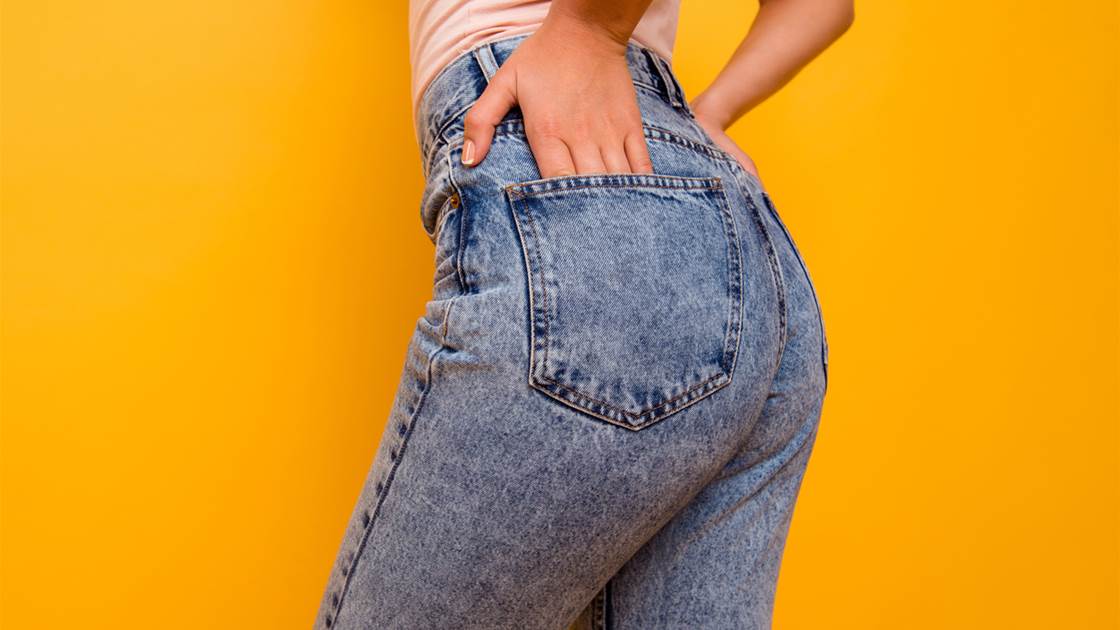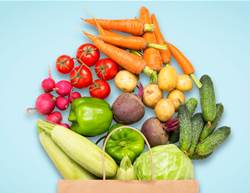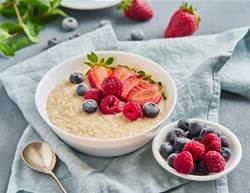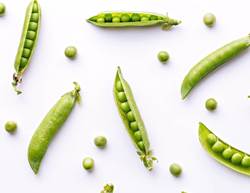Haemorrhoids aren’t really something you think about unless you’re dealing with the symptoms yourself. But at an event for health journalists years ago, I heard a colorectal surgeon say something that nearly made my eyeballs bug out of my face. “All of us have haemorrhoids, all the time,” she said. Uh, no, nope. There’s no way. All these healthy-looking people sitting comfortably on their bums around me have haemorrhoids?
So, I called her up after the event and asked her what she meant by that inflammatory (sorry) comment. Never in my life did I think I’d spend 45 minutes on the phone casually throwing around phrases like “anal canal.” I also didn’t know there was so much to learn about haemorrhoids.
“I love telling people that,” says colon and rectal surgeon Dr Alexis Grucela, the doctor who first mentioned this idea. “It’s usually so shocking to them.”
But haemorrhoids are totally normal. “They’re anal tissues that give us extra support in the anal canal,” Dr Grucela explains. Just like pelvic floor muscles help keep urine from leaking out when you, say, cough or laugh, haemorrhoid tissue does the same for stool and gas. “It’s only when they become symptomatic that people start noticing them,” Dr Grucela says. “Usually, they just do their job.”
In fact, haemorrhoids are so common that by age 50, it is estimated that 50% of Australians will have haemorrhoids. If you’ve ever suffered from the less than glamorous discomfort of haemorrhoids, here are the details everyone should know.
What are haemorrhoids exactly?

Haemorrhoids are normal blood vessels in the rectum or anal canal that become swollen or dilated. But something must go very wrong for that normal anal tissue to become the angry, itchy, painful protrusions you usually picture when you think of haemorrhoids.
There are two different kinds of haemorrhoids, internal and external, and they’re pretty much exactly what they sound like. External haemorrhoids occur right at the anal opening, Dr Grucela says, and they’re covered with skin. Because they’re covered with skin, they also have nerves, which means external haemorrhoids are the ones that can be seen and come with the uncomfortable symptoms often associated with haemorrhoids.
Internal haemorrhoids, on the other hand, are inside the anal canal. You (obviously) can’t see them, and because they’re not covered with skin, you won’t feel any symptoms from them, either. However, internal haemorrhoids are more likely to bleed. If the situation gets dire, they can prolapse, or fall out of the anus.
What causes haemorrhoids?
The key culprit is abdominal pressure, Dr Grucela explains, whether that’s from straining to go to the bathroom because of chronic constipation, pregnancy, or even lots of long-distance running. “We think the pressure causes the tissue to stretch out and weaken over time,” Dr Grucela says. That stretching causes the blood vessels in hemorrhoids to dilate, bringing more blood to the area, which causes them to swell and potentially bleed.
Additionally, travellers who end up with haemorrhoids often blame it on their road trip, Dr Grucela says, when sitting for a long time really has little to do with it (unless that sitting is atop the toilet). “People tend to get constipated while travelling,” she says. “They’re drinking and eating differently, they may be dehydrated, and then they’re straining and pushing and haemorrhoids flare-up,” she says.
What do haemorrhoids look and feel like?
External haemorrhoids are characterised by bumps or lumps near the outside of the anus and can become very swollen, itchy, and painful. Remember, because they’re covered with skin, they also have nerves, which means external haemorrhoids are the ones that can come with sensations like pain, itching, and burning, says Dr Grucela.
When it comes to internal haemorrhoids, you can’t necessarily see anything, but they sometimes result in painless, rectal bleeding. Additionally, some itching, pain, soreness, or prolapse of blood may occur when having a bowel movement, she explains.
Do haemorrhoids just go away on their own?
You can probably save face at the pharmacy by avoiding over-the-counter haemorrhoid creams. “Most patients don’t find them that helpful,” Dr Grucela says.
If you’re looking for quick symptom relief, draw yourself a warm bath, she says. Soaking the area can help soothe irritation. Wiping with pure witch hazel may also help, she says. Additionally, you’ll want to treat any constipation for a full recovery, Dr Grucela says.
The easiest way to do that is to get hydrated, fast. The more parched you are, the more parched your poop is. Eating enough fibre (or taking a fibre supplement) helps bind water to stool. “That way, it will be softer and pass through less traumatically,” Dr Grucela says. (The ideal: The kind of poop that glides out so effortlessly you almost don’t even need to wipe.)
If you’re still stopped up, constipation meds may help, Dr Grucela says, “but most people will get better by increasing hydration and fibre.”
In rare instances, serious haemorrhoids may need to be removed. Doctors use a number of different techniques to do so, including ligation (which uses rubber bands to essentially “choke” a haemorrhoid until it falls off), stapling, infrared light treatment, and, as a last resort, surgery. “The surgery is simple, but the recovery is miserable,” Dr Grucela says. “Before we go down that road, we make sure we’ve maximised every other option.”
How can you prevent haemorrhoids?
The toilet may be a porcelain throne, but you should not treat it like your personal Zen palace, Dr Grucela says. “I see people who act like it’s an escape from work, life, everything,” she says. “People tend to spend a long time sitting on the toilet, even if they aren’t necessarily constipated, reading or playing on their phones.”
Besides being pretty filthy, it’s also bad for your bum: With your cheeks spread over the toilet seat, the pressure grows on anal tissue, contributing to blood pooling in haemorrhoids and making them swell. “A good bowel regimen is the first step of treatment for people with haemorrhoids,” Dr Grucela says. “Limit time on the toilet, don’t bring reading materials, and leave the phone at the door.”
Additionally, a diet full of high-fibre foods and lots of water are key to keeping everything moving smoothly. Foods like whole grains, fruits, vegetables, and legumes are essential to keeping fibre intake high, and sipping on water, clear soup, or low-sugar juices can help keep bowels soft.
When should you worry about hemorrhoids?
The faint glimmer of good news here is that haemorrhoids aren’t going to cause any direct harm to your health. (They’re not related to cancer in any way, phew.) The only cause for serious concern is if they’re bleeding excessively, which could lead to anemia, Dr Grucela says, but that’s pretty rare.
But not every bathroom-related symptom is related to haemorrhoids, warns Dr Grucela. “Especially with internal haemorrhoids, where you can’t see where the blood is coming from, it could be something more serious,” she says. “Anybody with new bleeding or blood in the stool should talk to their doctor. We hope it would be something basic like a haemorrhoid, but the symptoms can be similar in colorectal cancer.”
Plus, lingering symptoms could actually be due to other causes, like anal fissures or warts, she says, which would warrant different treatment. So, when in doubt, see your doctor if things don’t start to feel better after a week of home care.










